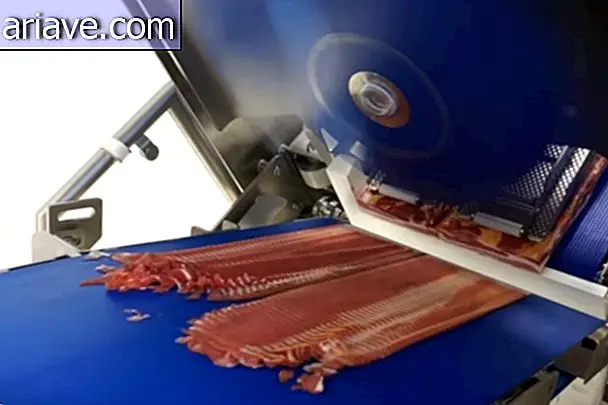Did you know that the design of a space billboard already existed?
You may have heard the saying, "There is no free lunch." It applies to many situations in our lives, and social networks are no exception. It sounds like magic when you fill out a small registration and can communicate 24 hours a day with all your friends, not to mention a super efficient search engine made available without any registration!
In fact, these companies sell their attention to advertisers. Today, this market is what keeps most social networks active, but marketing was not that simple in the past. The media couldn't achieve such a large segmentation, so even tactics that might be considered dubious were used to get the consumer's attention.

Among them, there was a project to position a giant billboard in space. That's right, before Elon Musk or any kind of glimpse of the colonization of Mars, propaganda almost took space development in another direction.
Space sign
At an estimated cost of $ 25 million at the time, Space Marketing Inc. proposed orbiting a panel made of high-strength polyester film. It would have an area of 1 square kilometer, and its illumination would be guaranteed by solar panels, making viewing possible with the naked eye.
If we are still struck by new technology releases today, imagine spotting a billboard in space in 1993, when home computers were still rare. From a technical standpoint, the challenge could be met, but it was made unfeasible because of financial issues because the company was unable to maintain the interest of advertisers for the time needed to develop the product.
Spatial regulation
Space Marketing Inc.'s plans did not work, but they served to put the issue on the agenda at the US Congress. In the same year, a law was passed that banned ads in space, eliminating any possibility of something similar.

The subject was voted in the US and dealt only with objects that had this purpose exclusively. Many years later, more precisely in 2010, a Japanese startup was created in order to move this market, but selling space in objects that would already be put into orbit anyway. Ispace Inc. sells rocket and spacecraft advertising, putting the advertiser's brand in the spotlight with a future goal of designing ads on the moon.
They already have an initial investment of $ 90 million, with which they plan to launch two unmanned missions to the satellite by 2020. The difference between them and the American company is that projections would not be seen with the naked eye, so would be invisible to most people on Earth.
Despite US law, the only international treaty on space use was signed by countries with such travel capacity in 1967, with the exception of Russia. Known as the Outer Space Treaty, he declares that space is a free environment for exploration as long as it is not used for the placement of weapons of mass destruction or environmentally damaging objects.

Although the space billboard never got off the ground, ads involving space travel are not new. In the 1990s, a Japanese reporter was placed on a Russian spaceship, and in 2001, Pizza Hut stamped its logo on the exterior of a Russian rocket. Not to mention the recent launch of SpaceX, which put a Tesla car into orbit, sparking worldwide repercussions.
Because it is a recent technology with sporadic releases, associating a company with this type of event generates a great exposure. If all goes as planned, the cost of launching will be decreasing and at this point a treaty may need to be worked out so that space does not become a large billboard.
***
Do you know the Mega Curioso newsletter? Weekly, we produce exclusive content for lovers of the biggest curiosities and bizarres of this big world! Register your email and do not miss this way to keep in touch!











